
Why Low-Budget Facebook Ad Strategies Matter Now More Than Ever
Facebook Ads are still one of the cheapest ways to promote a business, whether you’re running a small shop, a startup, or working as a creator. But in 2025, things are not as easy as before. Ad costs are rising, privacy updates like iOS 14 have made targeting more difficult, and AI content has filled up people’s feeds. For those of us who run ads with a small budget, this means we have to be smarter with our strategy so every dollar counts. That’s why understanding Facebook Ad Targeting for 2025 is more important than ever.
I’ve been running Facebook ad campaigns for years, many times with small budgets of just $5 to $20 a day. I know how tough it can be to make every dollar count while also keeping up with all the new updates and changes. That’s why I put together this 2025 guide. In it, I’ll share the same tips I personally use, the common mistakes I’ve seen others make, the strategies that actually work, and real examples from my own experience.
My goal is simple: I want to help you, whether you’re a solo business owner, an online store, a service provider, or even running a local shop, use Facebook Ads on a small budget and still get big results.
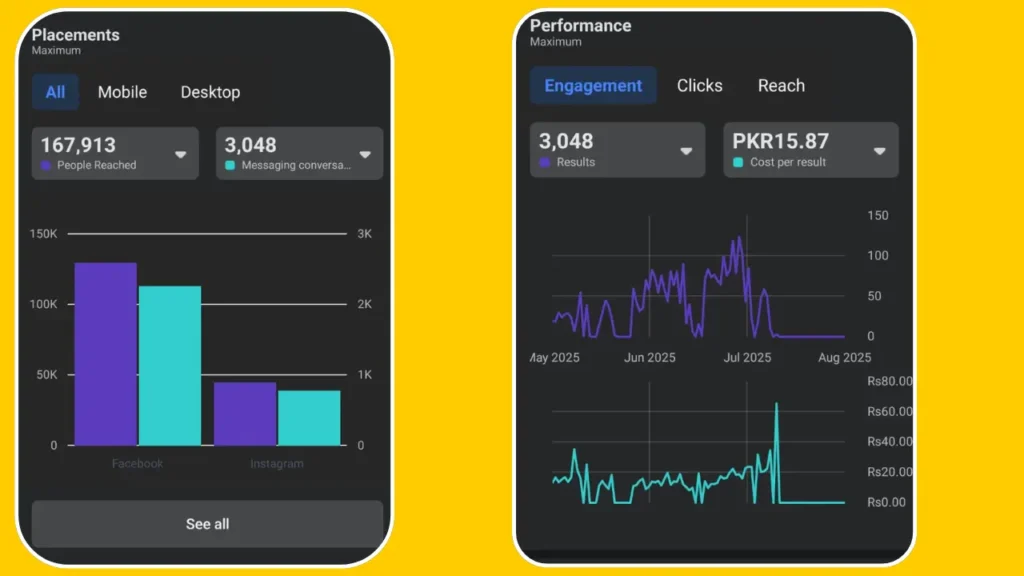
The Evolution of Facebook Ads in 2025: What You Absolutely Need to Know
Before diving into tactics, let’s survey what’s changed in 2025:
1. AI and Automation Lead the Way
Meta’s (Facebook’s) ad platform now relies on powerful AI for both audience targeting (“Advantage+” Audiences, Dynamic Creative, and predictive budgets) and creative optimization. Manual setups still work, but if you’re not leveraging AI tools, even on a budget, you’re leaving impact on the table
2. Short-Form, Mobile-First Content Rules
Facebook Reels and Stories, vertical videos, and interactive creative (polls, carousels, and CTAs) now deliver the highest engagement, especially for younger and mobile-first audiences.
3. In-App Shopping and Social Commerce Boom
More purchases happen right inside Facebook and Instagram, with Facebook/IG Shops, product tags, and one-tap checkouts, shrinking the funnel and unlocking conversion opportunities for tiny brands
4. Micro-Influencer and UGC Ads Explode
Small-budget brands can now tap “creator partnerships” and repurpose user-generated content in paid ads, boosting authenticity at a fraction of influencer or TV costs.
5. Retargeting Is Smarter, Not Broader
With privacy changes slashing pixel tracking, retargeting now relies on first-party data, custom audiences, CRM syncs, and crucially, AI-driven sequential messaging
If there’s a golden rule for 2025, it’s this: low-budget advertisers who embrace the new AI toolkit, master creative-for-mobile, and put customer data first will consistently outperform those who stick with last year’s playbook.
Strategic Foundations: Before You Spend a Dollar
Every successful Facebook Ads campaign, especially when you’re working with a small budget, starts with having a clear purpose. Before I launch anything, I ask myself a simple question: What exactly do I want from this campaign? Do I want more people to discover my brand or product? Do I need to collect leads for future follow-ups, like email sequences or sales calls? Am I aiming for direct sales or bookings? Or do I just want to retarget people who already showed interest in my business? The answers shape my Facebook Ad Targeting for 2025, making sure my ads reach the right audience with the right message.
Once I figure this out, I stick to just one goal per campaign. For example, if I’m running an awareness campaign, I won’t try to mix it with sales or leads in the same ad set. Instead, I create separate campaigns for each goal. This way, Facebook’s algorithm can focus better, my budget doesn’t get wasted, and it becomes much easier (and cheaper) for me to track results.
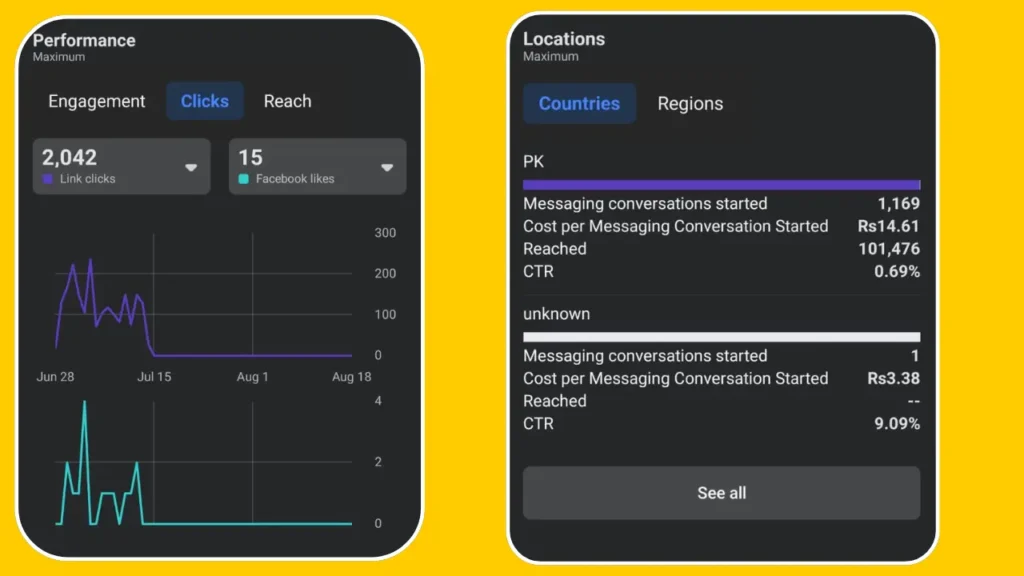
Crunch the Numbers: Budget, KPIs, and Target CPA
You don’t need a huge spend to get results, but you do need to plan tightly. As a rule of thumb, even $5-10/day can uncover winning creative, audiences, and messaging.But first, define:
- Daily/Monthly Budget: E.g., $10/day or $300/month (I’ll show examples below)
- Target Cost Per Lead/Acquisition (CPL/CPA): Based on your industry, product price, or business model
- Expected Conversion Rate: Calculate the number of actions (clicks, signups, purchases) needed per dollar spent
For Example:
If my average cost per lead (CPL) should be $5, and my daily budget is $10, I’m aiming for two leads/day. If one purchase is worth $50 in profit, I want my cost per acquisition (CPA) to be under $25 for sustainability.

Set Up Tracking from Day One
I always install the Meta Pixel on my site (for tracking events like “Purchase,” “Add to Cart,” and “Lead”) and integrate the Facebook Conversion API for server-side events. This ensures you don’t lose valuable conversion data, especially important with iOS 14 and privacy updates.
When possible, I connect my CRM or email provider directly to Facebook Ads Manager, this boosts first-party data quality and unlocks smarter Custom/Lookalike Audiences.
Use Campaign Budget Optimization (CBO) and Automated Rules
Let Meta’s AI dynamically allocate budget to your best-performing ad sets using CBO. On a low budget, this is a game-changer: instead of manually shifting dollars, AI boosts spend to whatever is working now.
Pro Tip: Set automated rules to pause/adjust underperforming ads so every dollar stays accountable.
AI-Powered Targeting: Outperforming Manual Segmentation
Targeting is where the game has shifted most in 2025. Manual layering of ages, interests, and behaviors is less effective than ever.Here’s how I now approach targeting on a small budget:
Try “Advantage+” and AI-Driven Audiences
Meta’s AI-powered “Advantage+ Audience” system can outpace even the most carefully researched interest targeting. How? It analyzes millions of data signals (engagement, click history, content consumption) and allocates impressions to those most likely to convert, even beyond your initial audience pick. For most low-budget campaigns, I now trust Advantage+ with broad, age/location-based inputs (e.g., “USA, 24-55, English speakers”) and let AI optimize in real time. This approach has completely reshaped Facebook Ad Targeting for 2025, proving that AI-driven optimization often beats manual, detailed targeting strategies.

Example
A boutique accessories shop targeting “Women, 24-44, US, broad interests,” running a $10/day Reels ad, saw a 47% drop in CPA and a 2.4x increase in add-to-cart actions simply by switching from stacked interest targeting to Advantage+.
Leverage Custom Audiences and Lookalikes, But More Selectively
Custom Audiences (website visitors, email list subscribers, past buyers) still deliver fantastic ROI in retargeting and sequential messaging. My best results on small budgets? Crafting Lookalike Audiences of my best past customers (top 10%), not all customers, giving Facebook richer signals to find “ideal” new buyers.
Tip: Upload as much first-party data as you have. Segment lists by purchase frequency, LTV, or engagement, not just all “leads.”
Use Engagement-Based Retargeting
With pixel/event tracking becoming less reliable, I rely more on video view, lead form, and Page/IG engagement retargeting to build high-intent custom audiences. For example:
- Show Ad 2 only to people who watched at least 50% of your Reels or Video Ad 1
- Retarget those who opened but didn’t submit a Lead Form
- Build sequences for users who engaged (shared, commented, saved) but haven’t purchased
These methods tend to drive better CPAs than vanilla website retargeting (which can be hit or miss post-iOS 14).
Crafting Creative That Converts in 2025 (Without Hollywood Budgets)
I can’t stress this enough: in 2025, creative is the biggest lever for budget advertisers. Even the best AI targeting can’t save a bland, low-impact ad. Here’s what I’ve seen work consistently:

Video, Reels, and Mobile-First Formats Dominate
- Short-form (10-30 seconds), vertical, captioned videos grab the most attention, especially for mobile-first users scrolling Reels or Stories. Use hooks in the first 3 seconds, show your product in action, and always include captions for sound-off viewers.
- Carousel Ads: Let me showcase multiple products, features, or benefits in a way that encourages swiping and engagement at lower cost.
Instant Experience and Collection Ads: These immersive, full-screen formats drive higher add-to-cart rates and let users browse a mini-catalog without leaving Facebook
Data Point: Facebook/Instagram Reels Ads yield 97% more add-to-cart actions and up to 24% higher ad recall over non-Reels video placements.
User-Generated Content (UGC) and Micro-Influencer Creative
I regularly repurpose videos, testimonials, and “unboxing” clips from real customers, or collaborate with micro-influencers (1,000-100,000 followers) for cost-effective, authentic and creative. Why? UGC-style ads often outperform polished brand footage, especially in Reels or short-form placements.
Example:
A startup personal care brand spent $300 on three micro-influencer partnerships (no macro names!), then repurposed those video testimonials as Facebook and IG Reels ads. The result: 3.5x ROAS and CPAs 60% lower than with traditional product flatlays.
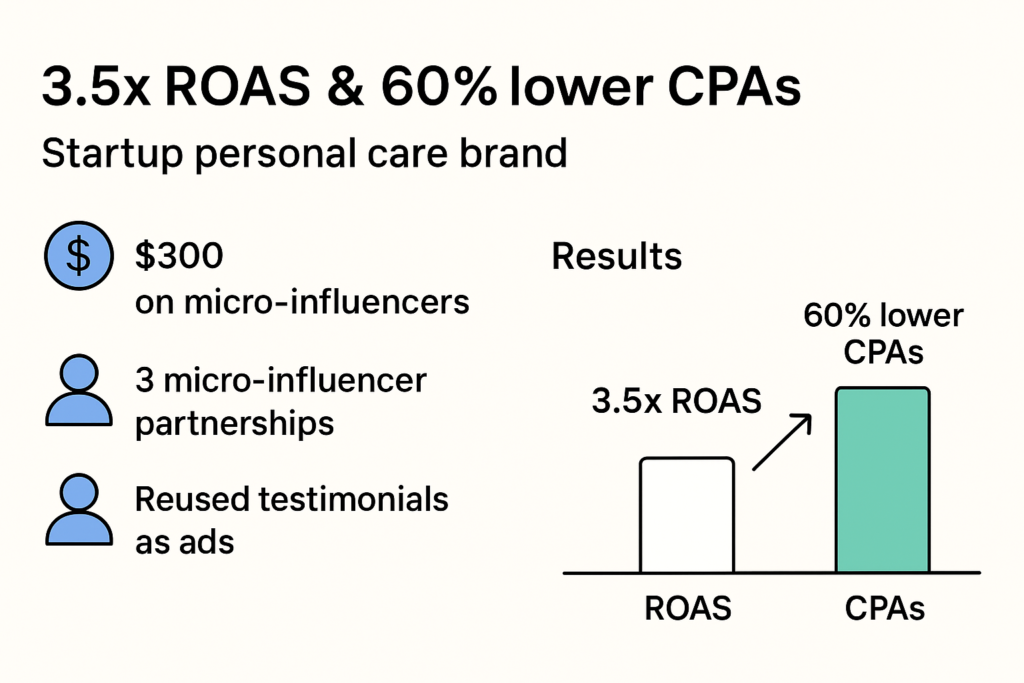
Tip: Always get permission to use influencer/customer content in paid ads, and credit them if possible for trust.
Conversational, Human Copy, Brevity Wins
My best-performing copy is fast, human, and problem/solution-oriented. I lead with the pain or benefit, offer a solution, and close with a single, urgent call to action. I avoid jargon, and write as though I’m texting a friend. Less = more.
Examples:
- “Tired of [problem]? Watch how [product] makes it so much easier. Tap to see the difference.”
- “Don’t pay double for [competitor]. Get [your product] today, free shipping ends soon.”
Testing Multiple Creatives at Once
With Dynamic Creative optimization, I upload 3-5 image/video variants, 3 headlines, 3 CTAs, and let Meta’s AI test all combinations. This surfaces the true winners quickly, without blowing my budget on endless manual tests.

Pro Tip: Use CBO or Advantage+ Campaigns to let Facebook focus spend on your highest-performing creatives automatically.
Advanced Campaign Techniques That Stretch Every Dollar
Let’s dig into tactics that separate the pros from the dabblers:
Sequential Retargeting and Funnel Messaging
The days of throwing one retargeting ad to all your past website visitors (or cart abandoners) are over. Now, I map out a funnel sequence—for example:
- Awareness: Broad video/Reels ad to new cold audience
- Engagement: Retarget those who watched 50%+ with a testimonial or product demo
- Decision: Retarget those who clicked but didn’t buy with a limited-time offer, social proof, or a review carousel
- Conversion/Win-back: Final-day discount reminder or UGC “don’t miss out” video
By telling a story or solving new objections at each step, I get better frequency and conversions while avoiding ad fatigue (and keep costs in check).
Example:
A SaaS product ran a three-step sequential retargeting series at just $8/day per step. The result? Trial-to-paid conversion rates increased by 45%, and cost per acquisition dropped 28%.
Dayparting and Smart Scheduling
Not all hours or days are equal. For many businesses, running ads when your audience is most active (e.g., weekdays during lunch hours for B2B, evenings/weekends for B2C) can yield lower CPCs and higher engagement.
I regularly review Facebook Insights (and Google Analytics) to see when my site or ads get the best results, and schedule campaigns accordingly. With automation, you can even set rules to only run ads during “hot” hours.
Budget Allocation: Small-Budget Portfolio Strategy
Instead of putting my entire $10/day on one ad set or campaign, I use the “portfolio” method:
- Start with 3-5 small ad sets (e.g., $2-3/day each) targeting different audiences or creatives.
- After 3-5 days (or enough data), pause the underperformers and consolidate the budget toward winners.
- Always keep 10-20% of budget testing new ideas, never get complacent.
Over time, this approach has dramatically increased my ROAS and reduced risk, even with a tiny budget.
Micro-Influencer Partnerships: Real-World ROI on a Budget
Micro-influencer collaborations deserve their own spotlight. Why? Because even with just a few hundred dollars, brands can now reach niche, hyper-engaged audiences with authentic creative (that often doubles as your best ad content). Here’s how I work with micro-influencers in 2025:
- Identify Relevant Creators: Use Facebook’s Creator Studio, hashtag searches, or AI-powered tools to find micro-influencers in your niche. Typically, 1,000-50,000 followers is a sweet spot for budget partnerships—costs are lower, and engagement is much higher than macro-influencers.
- Negotiate Authentic, Co-Branded Content: Instead of one-off posts, I look for creative video reviews, product demos, and “day in the life” style stories—they drive more sales and provide prime UGC for paid campaigns.
- Leverage UGC in Paid Ads: High-performing influencer posts are repurposed as Facebook ad creative (with the creator’s sign-off)—often outperforming my own product photos or videos.
- Track ROI Meticulously: I use UTM links, influencer-specific promos, and custom landing pages to measure sales and leads from each partnership.
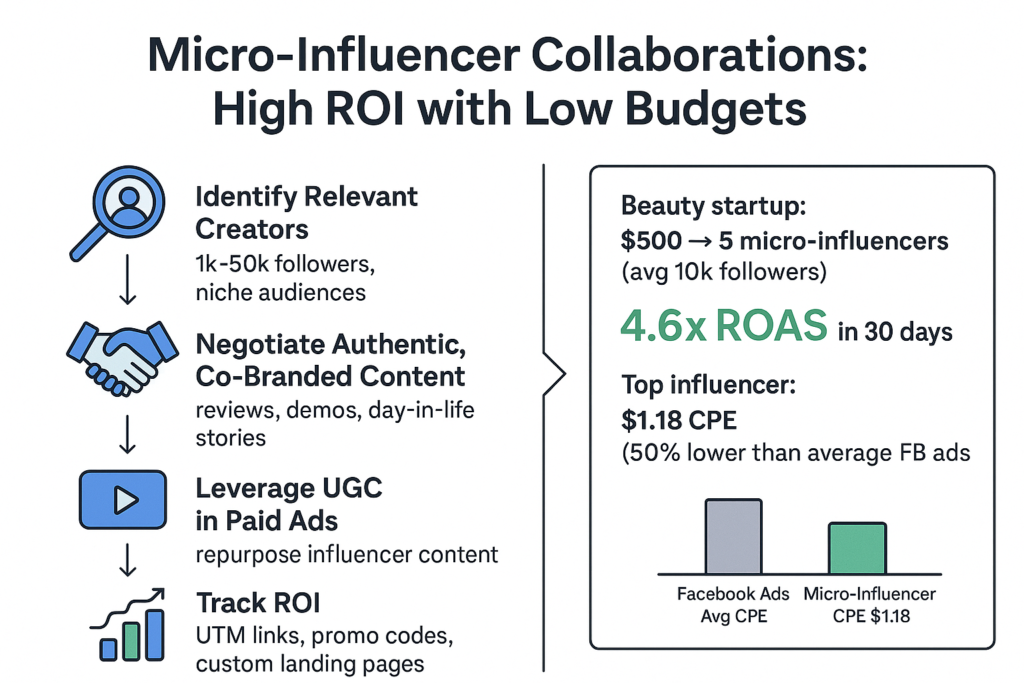
Example
A beauty startup spent $500 on five micro-influencers (average following: 10,000), repurposed their UGC into paid ads, and achieved a 4.6x ROAS in 30 days. The top influencer delivered a $1.18 cost per engagement, more than 50% lower than the average for Facebook ads alone.
Social Commerce Essentials: Facebook Shops, Product Tagging, and Shoppable Video
One of the biggest wins for low-budget advertisers in 2025 is the explosion of social commerce, and Facebook’s built-in shopping tools. Here’s how to capitalize:
- Set Up Facebook and Instagram Shops: I use Shops to create a mini-storefront right on my business page, syncing my catalog from Shopify or WooCommerce (setup is straightforward and free). This allows users to browse, favorite, and even checkout without leaving the app, drastically reducing friction for impulse purchases.
- Enable Facebook/Instagram Checkout and Meta Pay: Best for brands selling physical products in eligible countries; it provides a seamless, one-tap purchase experience.
- Tag Products in Reels, Stories, and Carousel Ads: By integrating product tags and shoppable links, I make items instantly buyable within any video or visual ad. Studies show this increases conversion rates and average order value.
- Use Collection and Catalog Ads: These formats showcase multiple products dynamically, personalized by the user’s browsing or shopping history, driving more sales at a lower CPA.
Example
After adding product tagging to a short-form video ad, I saw a 30% increase in click-through rates and a 2x increase in conversion rate over non-tagged posts for one client’s online boutique in less than 3 weeks.
Automation and Smart Integrations: How I Save Time and Improve My Ads
One of the biggest lessons I’ve learned is that even with a small budget, automation is my secret weapon. Instead of wasting hours manually checking everything, I let tools and simple integrations do the heavy lifting.
- Automated Reports: I connect Facebook Ads with Google Sheets using integrations (like Graph API). This way, my ad performance updates in real-time on a simple dashboard. I don’t have to keep refreshing Ads Manager all day.
- Rules for Ad Management: I set rules like “pause this ad if cost-per-lead goes too high” or “increase budget when results are good.” This keeps me from wasting money on ads that don’t work.
- CRM and Lead Sync: Whenever I run Facebook Lead Ads, I connect them directly to my CRM. This way, leads get follow-ups instantly without me lifting a finger.
- Meta API for Advanced Stuff: If you’re a bit more technical (or running multiple accounts), Meta’s API can do magic—like showing ads based on weather, testing hundreds of creatives, or adjusting budgets in real time.#

For me, automation means less stress, less time wasted, and more control over my limited budget.
Creating Ads for Mobile First
Since almost everyone in 2025 uses Facebook on their phone, I’ve made a strict rule: if my ad doesn’t look good on my phone, it’s not ready to go live.
Here’s what works for me:
- Always design ads in vertical (9:16) or square (1:1) format because they fill the whole screen and catch attention.
- Keep headlines short and simple (under 50 characters). Most people scroll so fast, they only read the first few words.
- I add captions to videos because more than 80% of people watch without sound.
- Use bright visuals and bold buttons that make it super easy to click.
- Compress videos/images so they load fast, slow ads = lost sales.
This small checklist helps me make ads that actually stop people mid-scroll.
Dealing with Privacy Changes (Post-iOS14)
Privacy rules have changed everything, but instead of stressing, I focus on things I can control.
- Build My Own Data: I collect emails through forms, quizzes, or newsletter signups. Later, I upload these as Custom Audiences and retarget them.
- Use Conversions API (CAPI): I connect both the Facebook pixel and server-side tracking so I don’t lose conversions from people who block tracking.
- Be Honest with Users: I always tell people why I’m collecting their data and give them the choice to opt out. Transparency builds trust.
- Email Retargeting: My email list is gold. I often run special retargeting campaigns for subscribers or past customers—it’s cheaper and gives better ROI.
In short, I try to be smart with first-party data instead of fully relying on Facebook’s algorithm.
Real-Life Success Stories on Small Budgets
I know strategies sound nice, but let’s make it real. Here are 3 examples (mine and clients’) where small budgets did big things:
1. Jewelry Brand ($10/day budget)
What I did: Split the budget → 40% on Reels ads, 40% on influencer content, 20% on retargeting.
Results: 220% more add-to-cart actions, ROAS 1.6x higher, CPA dropped by 58%.
Lesson: Short videos + influencer trust = winning combo
2. Local Service Provider ($6/day budget)
What I did: Step 1: video ad to cold audience → Step 2: testimonial ad to visitors → Step 3: discount code to people who clicked but didn’t book.
Results: Lead cost dropped from $23 to $9, bookings up by 32%, ROAS doubled.
Lesson: Sequential retargeting tells a story and pulls hesitant buyers in.
3. Ecommerce Startup (Shopify + Facebook Shop)
What I did: Synced products with Facebook Shop, ran in-app shoppable ads, and followed up with Messenger chat drip.
Results: 29% of sales came directly from Facebook Shop, and Messenger converted 17% of chats into sales.
Lesson: Social commerce makes even small stores feel big and professional.
Conclusion
Running Facebook ads on a low budget isn’t about spending less — it’s about spending smart. I’ve learned through real campaigns that timing, targeting, budget control, and strong creatives make all the difference. Even with just $5 a day, you can get real results if you follow the right steps and stay consistent.
Start small, test wisely, and let the algorithm do its job. Don’t rush. Focus on what works, scale slowly, and always keep learning from your data.
If you’re just starting out or struggling with low-budget ads, I hope my journey helps you avoid the mistakes I made and gives you a clear path forward.
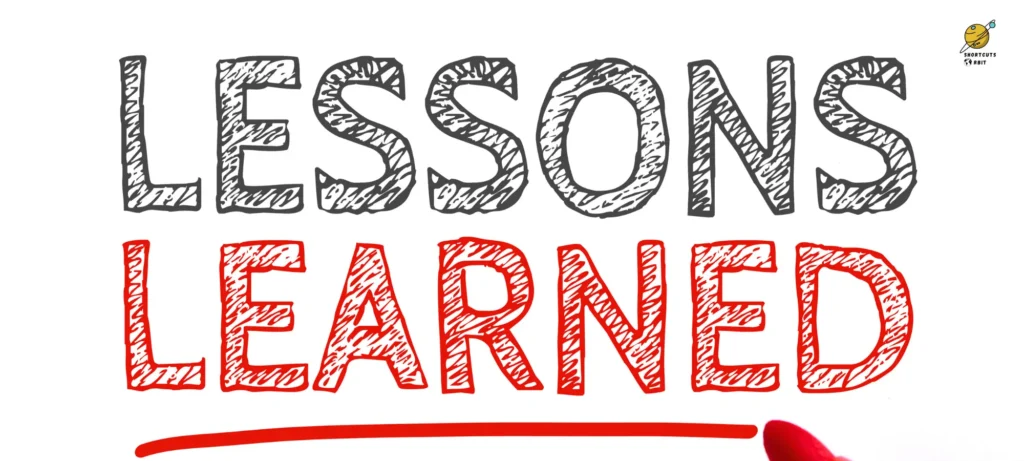
Want to Level Up?
If you want done-for-you ad creatives, plug-and-play reels, or digital bundles that convert, I’ve got you covered. 👉 Check out my Fiverr gig or DM me directly for custom packages, ad audits, and exclusive resources. Whether you’re launching a store, promoting a course, or building your brand, I’ll help you make every rupee count.
FAQs
Can You Run Facebook ads on a low budget in 2025?
Yes 👍 You can run Facebook ads on a low budget in 2025. Even with just a few dollars a day, the platform’s AI (like Advantage+ Audience) helps you reach the right people. The key is to focus on good creative (short videos, clear captions, strong hooks) and let Meta’s automation optimize your spend. Start small, test what works, and scale slowly.
Can You Run Facebook ads on a small budget?
Yes, you can run Facebook ads on a small budget ✅. Even $5–$10 a day is enough to test ads, find what works, and start getting leads or sales. The trick is to use broad targeting, simple creative (like short videos or images), and Meta’s smart automation so your money goes only to the people most likely to convert.
Can You Run Facebook ads on a low budget in 2025?
Yes, you can run Facebook ads on a low budget in 2025 ✅. Thanks to Meta’s AI tools like Advantage+, even small daily budgets ($5–$10) can reach the right audience. The secret is pairing that budget with strong creative (short, catchy videos or UGC) and letting automation optimize your spend for the best results.
What is a Facebook ad budget?
A Facebook ad budget is the amount of money you set aside to spend on your ads. It controls how much Facebook will spend to show your ads to people. You can set it per day (daily budget) or for the whole campaign (lifetime budget). Your budget decides how many people see your ad and how often.
How to set a best targeting for facebook ads for low budget?
For a low budget, the best targeting on Facebook is to keep it simple and broad so Meta’s AI can find the right people for you. Here’s how:
Location + Age + Language only (e.g., USA, 24–55, English).
Use Advantage+ Audience → lets Meta test millions of signals automatically.
Start broad, then narrow based on results (use custom audiences or lookalikes later).
Focus on creative → good ads attract the right people even with broad targeting.
👉 In 2025, broad + AI optimization beats hyper-detailed targeting when running on a small budget.
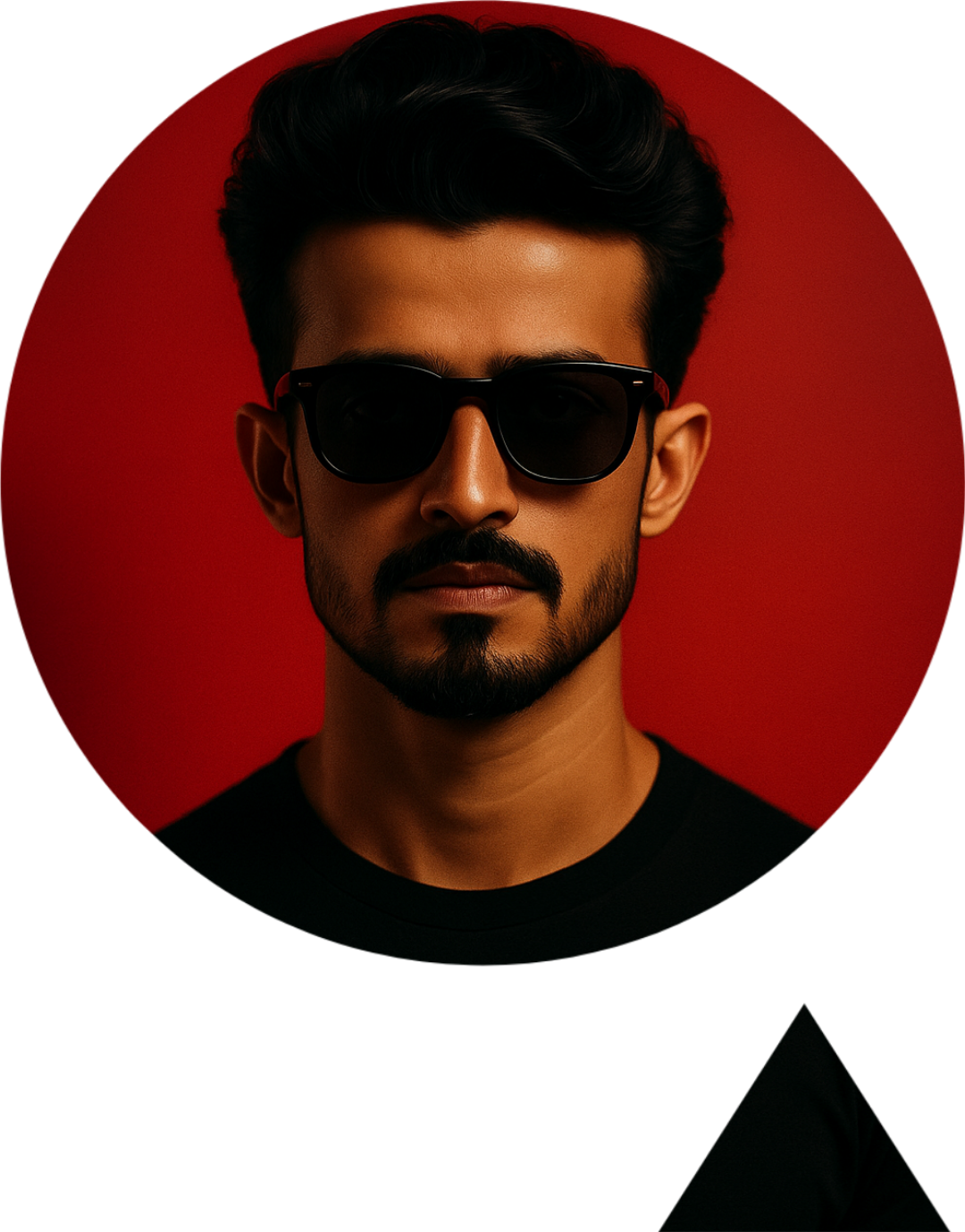
Muhammad Muzamal is the founder of Shortcuts Orbit, a platform focused on time-saving digital tools, blogging insights, and smart monetization tips. A BBA (Hons) graduate from UCP Lahore, I’m passionate about digital marketing, AI trends, and helping others grow online.


